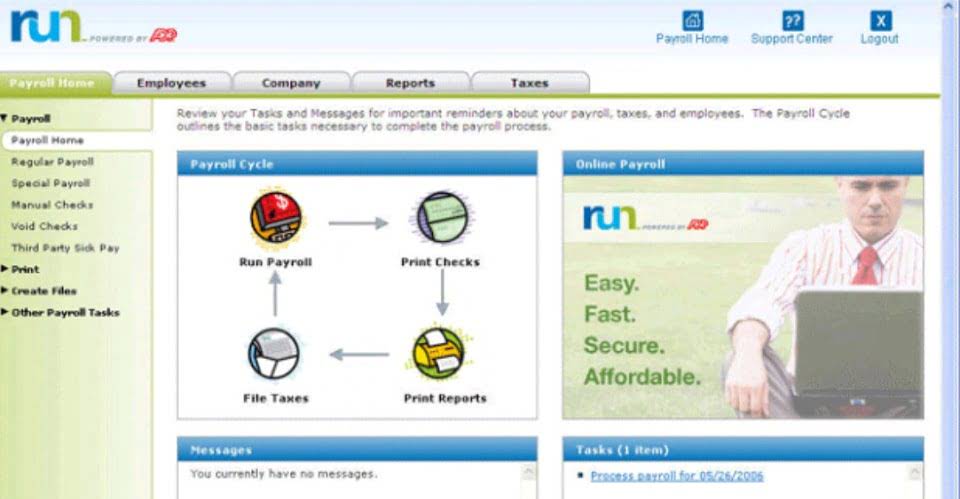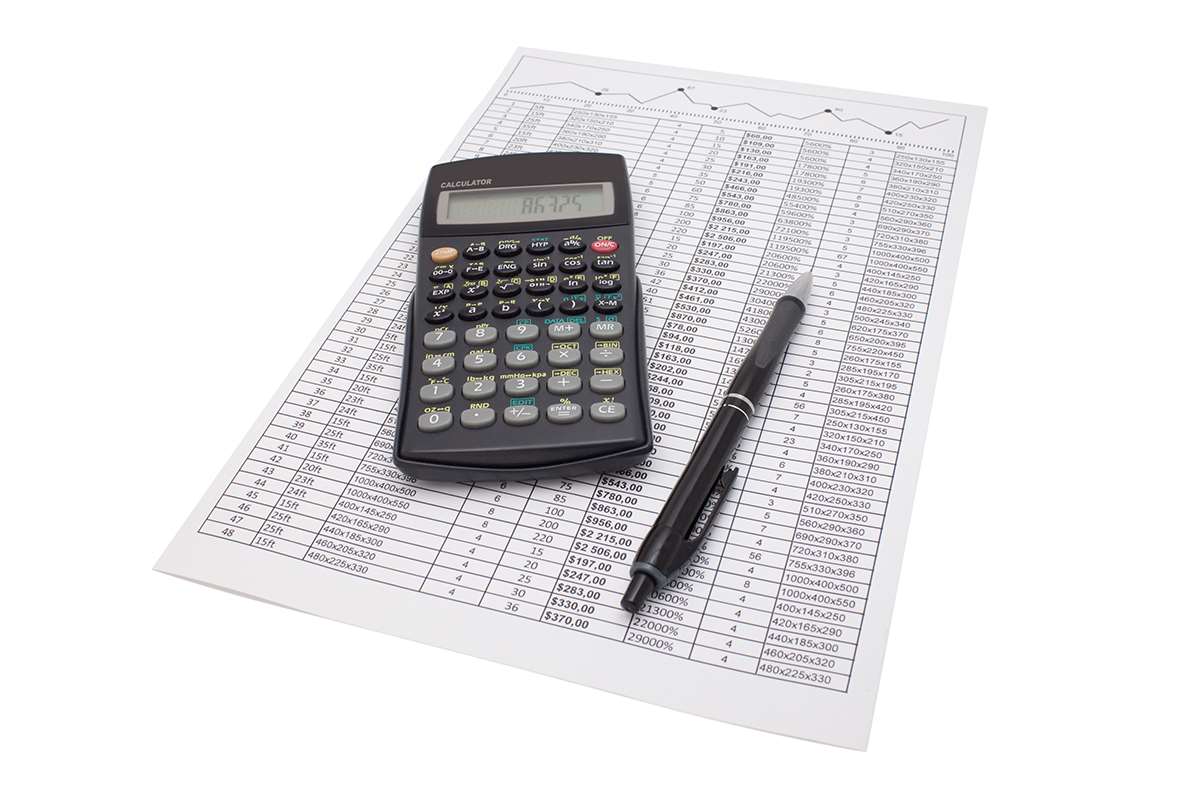
Managing inventory can help a company control and forecast its earnings. Conversely, not knowing how to use inventory to its advantage, can prevent a company from operating efficiently. For investors, inventory can be one of the most important items to analyze because it can provide insight into what’s happening with a company’s core business. However, please note that if prices are decreasing, the opposite scenarios outlined above play out. In addition, many companies will state that they use the “lower of cost or market” when valuing inventory.

How LIFO Inventory Costing Works
In this article, we delve into critical aspects of this accounting approach to offer a clearer perspective on whether the LIFO method aligns with your business needs. In addition, consider a technology manufacturing company that shelves units that may not operate as efficiently with age. As a result, LIFO isn’t practical for many companies that sell perishable goods and doesn’t accurately reflect the logical lifo formula production process of using the oldest inventory first. The 450 books are now no longer considered inventory, they are considered cost of goods sold. Here is an example of a business using the LIFO method in its accounting. FIFO inventory costing is the default method; if you want to use LIFO, you must elect it.

Why Is LIFO Accounting Banned in Most of the World?
- If you are a business owner based in the USA, you should be aware of LIFO (last-in-first-out).
- The oldest, less expensive items remain in the ending inventory account.
- LIFO is only allowed in the USA, whereas, in the world, companies use FIFO.
- One can use the LIFO method in the United States of America (USA) since its usage is permitted only there.
- This can make the business look more successful and appealing to investors, but it also comes with a higher tax bill.
- Benefits include current earnings valuation accuracy and cash flow improvement, while downsides involve incompatibility with international standards and higher taxes.
Another disadvantage is the risk that older objects lying in inventory might become obsolete. There are cases when the LIFO method aligns perfectly with the inventory flow. Suppose the people responsible for inventory in a business store them vertically in a business. Upon receiving them, the last inventory stock would always be the first to be used. This article will explore a few important details of this accounting method.
FIFO vs. LIFO: What is the difference?

If you are a business owner based in the USA, you should be aware what are retained earnings of LIFO (last-in-first-out). The most noteworthy feature of the LIFO method is that it brings down the profit margin, which, in turn, brings down taxable income. But, before using it, you should remember that applying for credit will become difficult if you have a lower profit margin.
Which financial ratios does LIFO ending inventory calculation affect?

If the manufacturing plant were to sell 10 units, under the LIFO method it would be assumed that part of the most recently produced inventory from Batch 2 was sold. Let’s imagine a stationery supplier, who has 300 units of pens in stock, purchased these in 3 batches https://www.bookstime.com/ of 100 units each. Due to inflation, the next two batches cost $2 each and $3 each unit, respectively.

Additionally, the complexity of LIFO requires meticulous record-keeping to track inventory layers accurately. This can increase administrative costs and the likelihood of errors. For instance, consider a business that bought 100 grinders at Rs.10 each a year ago. The decision to use the LIFO method should be made after considering the nature of the business’s operations, its inventory types, and the economic environment. The method’s advantages in tax and cash flow management must be weighed against the potential drawbacks related to financial reporting and the complexities of maintaining the system. The LIFO method is permissible under U.S. tax law, making it an attractive option for companies operating within the United States looking to take advantage of the method’s tax benefits.
- To calculate FIFO, multiply the amount of units sold by the cost of your oldest inventory.
- Let’s say you’ve sold 15 items, and you have 10 new items in stock and 10 older items.
- We would then take the 90 units from January 22nd, and 50 units from January 12th.
- As a business owner operating in the USA, it’s important to familiarize yourself with the Last-In-First-Out (LIFO) inventory valuation method.
- When prices are stable, our bakery example from earlier would be able to produce all of its bread loaves at $1, and LIFO, FIFO, and average cost would give us a cost of $1 per loaf.
- Download Black by ClearTax App to file returns from your mobile phone.
LIFO and FIFO: Financial Reporting
- Dollar value LIFO can help reduce a company’s taxes (assuming prices are rising), but can also show a lower net income on shareholder reports.
- FIFO assumes a regular inventory turnover, and the remaining inventory has a higher value compared to other inventory valuation methods.
- Based on the information we have as of January 7th, the last units purchased were those on January 3rd.
- As the year progresses, you sell a total of 250 smartphones to customers.
Because the expenses are usually lower under the FIFO method, net income is higher, resulting in a potentially higher tax liability. Under the LIFO method, assuming a period of rising prices, the most expensive items are sold. This means the value of inventory is minimized and the value of cost of goods sold is increased. This means taxable net income is lower under the LIFO method and the resulting tax liability is lower under the LIFO method. To calculate your cost of goods sold using the LIFO method, you start by assuming that the most recent purchases are the first ones to be sold.


 Italiano
Italiano
Leave a Reply